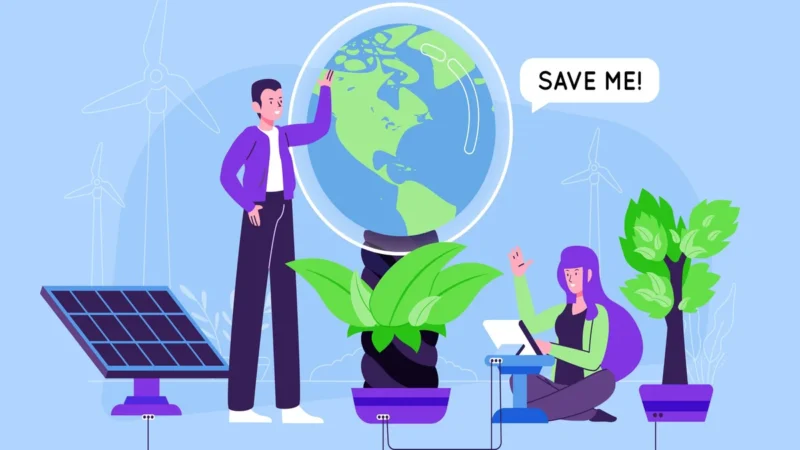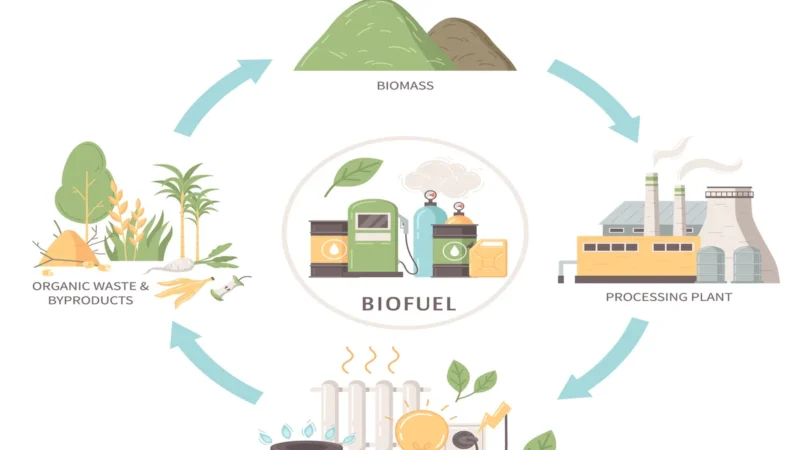Are Greenhouse Gas Emissions at Their Peak? All You Need To Know

In the ongoing global discourse surrounding climate change, the concept of peak greenhouse gas emissions holds significant importance. Greenhouse gases (GHGs) are primarily responsible for trapping heat in the Earth’s atmosphere, leading to a rise in global temperatures and subsequent climate disruptions. Understanding whether these emissions have reached their peak is crucial in assessing our progress in combating climate change and determining the urgency of further action.
What are Greenhouse Gas Emissions?
Greenhouse gases encompass a variety of gases, including carbon dioxide (CO2), methane (CH4), nitrous oxide (N2O), fluorinated gases, and others. These gases are released into the atmosphere through human activities such as burning fossil fuels for energy, deforestation, industrial processes, agriculture, and waste management.
Peak Emissions: A Crucial Milestone
The notion of peak emissions refers to the point at which the total emissions of greenhouse gases reach their maximum level and begin to decline. This milestone is critical in the context of climate change mitigation efforts, as it signifies a potential turning point towards reducing the impact of human activities on the environment.
Current Status of Greenhouse Gas Emissions
As of the latest data available, global greenhouse gas emissions have continued to rise over the past few decades, primarily driven by industrialization, urbanization, and increasing energy demands. Despite efforts to curb emissions through international agreements and national policies, the trajectory has not yet shown a definitive decline.
Factors Influencing Peak Emissions
Several factors contribute to the dynamics of greenhouse gas emissions and influence the timing and feasibility of reaching the peak:
1. Economic Activities
Economic growth often correlates with increased energy consumption and industrial production, resulting in higher emissions. Balancing economic development with sustainable practices remains a significant challenge in achieving emission reduction goals.
2. Technological Advancements
Advancements in clean and renewable energy technologies play a pivotal role in mitigating emissions. Adoption of renewable energy sources, energy-efficient technologies, and innovative solutions can facilitate a shift away from fossil fuel dependence.
3. Policy and Governance
Stringent environmental policies, regulations, and international agreements are fundamental in controlling emissions. The implementation of robust policies, coupled with effective governance mechanisms, can steer countries towards emission reduction targets.
Challenges in Attaining Peak Emissions
Despite the awareness and efforts to curb emissions, several challenges persist:
1. Dependence on Fossil Fuels
The world’s heavy reliance on fossil fuels for energy generation, transportation, and industrial processes remains a significant barrier to achieving peak emissions.
2. Global Cooperation
Climate change is a global issue that requires unified efforts from all nations. Challenges in reaching consensus and commitment among countries hinder progress towards emission reduction goals.
3. Societal Behavior and Consumption Patterns
Individual behaviors and consumption patterns also contribute to emissions. Encouraging widespread adoption of sustainable practices and lifestyles is essential for reducing overall emissions.
The Path Forward: Addressing Peak Emissions
Efforts to combat climate change require a multi-faceted approach:
1. Transition to Renewable Energy
Promoting and investing in renewable energy sources such as solar, wind, and hydroelectric power can significantly reduce reliance on fossil fuels.
2. Sustainable Practices
Encouraging sustainable practices in agriculture, transportation, and industry can contribute to emission reductions. This includes promoting energy efficiency, reducing waste, and implementing eco-friendly technologies.
3. Policy and Advocacy
Continued advocacy for stronger environmental policies and international cooperation is crucial. Governments, businesses, and individuals need to collaborate in setting and achieving ambitious emission reduction targets.
Key Takeaways
While the world continues to grapple with rising greenhouse gas emissions, the concept of reaching peak emissions remains a pivotal goal in mitigating climate change. Achieving this milestone demands collective efforts, innovative solutions, and steadfast commitment from all sectors of society. Striving towards peak emissions and subsequent decline is not just a goal but an imperative step towards ensuring a sustainable and habitable planet for future generations.
FAQs:
Greenhouse gas emissions refer to the release of gases into the atmosphere, such as carbon dioxide (CO2), methane (CH4), nitrous oxide (N2O), and fluorinated gases, primarily due to human activities like burning fossil fuels, deforestation, industrial processes, agriculture, and waste management.
Peak emissions represent the point at which total greenhouse gas emissions reach their maximum level and subsequently start declining. It’s a crucial milestone indicating a potential turning point in curbing the impact of human activities on the environment.
As of the latest data, global greenhouse gas emissions have continued to rise over recent decades. Efforts to reduce emissions through international agreements and national policies have not yet resulted in a definitive decline.
Several factors impact the trajectory of greenhouse gas emissions, including economic activities, technological advancements in clean energy, policies and governance, dependence on fossil fuels, global cooperation, and societal behavior and consumption patterns.
Challenges include heavy dependence on fossil fuels for energy, the need for global cooperation in addressing climate change, and the necessity of changing societal behavior and consumption patterns towards more sustainable practices.


